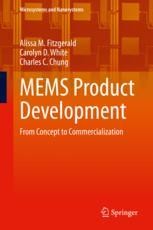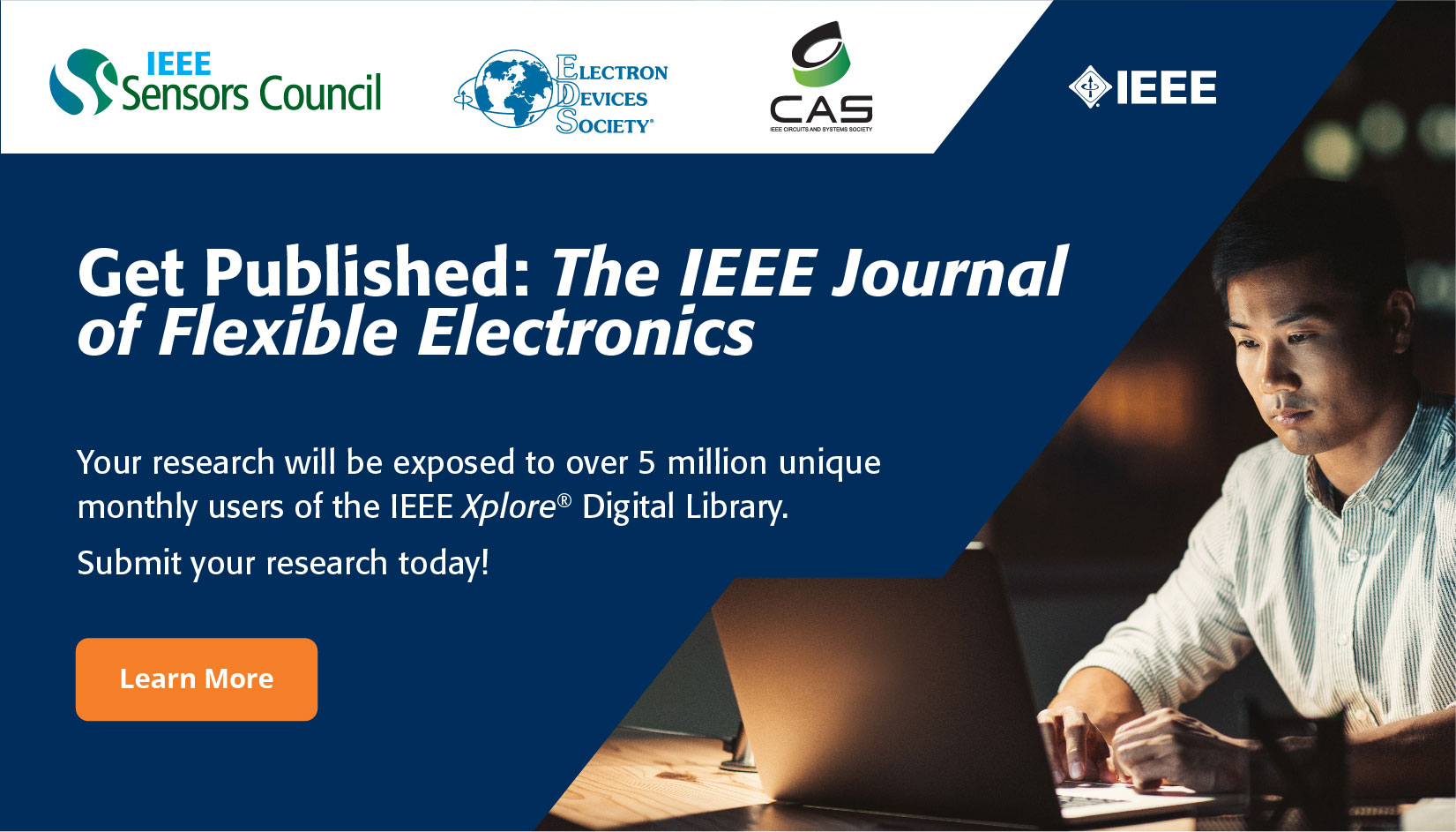Lukas Breitwieser1,2, Ahmad Hesam1,3, Jean de Montigny1, Vasileios Vavourakis4,5, Alexandros Iosif4, Jack Jennings6, Marcus Kaiser6,7,8, Marco Manca9, Alberto Di Meglio1, Zaid Al-Ars3, Fons Rademakers1, Onur Mutlu2, Roman Bauer10
BioDynaMo: a modular platform for high-performance agent-based simulation
Bioinformatics on 21 September 2021
DOI: 10.1093/bioinformatics/btab649/6371176
1 CERN openlab, CERN, European Organization for Nuclear Research, Geneva, Switzerland2 ETH Zurich, Swiss Federal Institute of Technology in Zurich, Zurich, Switzerland3 Delft University of Technology, Delft, The Netherlands4 Department of Mechanical & Manufacturing Engineering, University of Cyprus, Nicosia, Cyprus5 Department of Medical Physics & Biomedical Engineering, University College London, UK6 School of Computing, Newcastle University, Newcastle upon Tyne, UK7 Department of Functional Neurosurgery, Ruijin Hospital, Shanghai Jiao Tong University School of Medicine, Shanghai, China8 Precision Imaging Beacon, School of Medicine, University of Nottingham, UK9 SCimPulse Foundation, Geleen, Netherlands10 Department of Computer Science, University of Surrey, Guildford, UKAbstract: Agent-based modeling is an indispensable tool for studying complex biological systems. However, existing simulation platforms do not always take full advantage of modern hardware and often have a field-specific software design.
Results: We present a novel simulation platform called BioDynaMo that alleviates both of these problems. BioDynaMo features a modular and high-performance simulation engine. We demonstrate that BioDynaMo can be used to simulate use cases in: neuroscience, oncology, and epidemiology. For each use case we validate our findings with experimental data or an analytical solution. Our performance results show that BioDynaMo performs up to three orders of magnitude faster than the state-of-the-art baselines. This improvement makes it feasible to simulate each use case with one billion agents on a single server, showcasing the potential BioDynaMo has for computational biology research.
Availability: BioDynaMo is an open-source project under the Apache 2.0 license and is available at www.biodynamo.org. Instructions to reproduce the results are available in supplementary information.
Fig: BioDynaMo’s layered architecture. BioDynaMo is predominantly executed on multi-core CPUs, is able to offload computations to the GPU, and supports Linux operating systems. BioDynaMo provides a rich set of low- and high-level features commonly required in agent-based models. On top of these generic features, BioDynaMo offers model building blocks to simplify the development of a simulation. Even if BioDynaMo does not provide the required building blocks, users still benefit from all generic agent-based features (illustrated by the vertical extension of the “Simulation" layer).
Acknowledgments: We want to thank Giovanni De Toni for his work on the BioDynaMo build system. This work was supported by the CERN Knowledge Transfer office [to L.B. and A.H.]; the Israeli Innovation Authority [to A.H.]; the Research Excellence Academy from the Faculty of Medical Science of the Newcastle University [to J.dM.]; the UCY StartUp Grant scheme [to V.V.]; the Medical Research Council of the United Kingdom [MR/N015037/1 to R.B., MR/T004347/1 to M.K.]; the Engineering and Physical Sciences Research Council of the UK [EP/S001433/1 to R.B., NS/A000026/1, EP/N031962/1 to M.K.]; a PhD studentship funded by Newcastle University’s School of Computing [to J.J.]; the Wellcome Trust [102037 to M.K.]; the Guangci Professorship Program of Ruijin Hospital (Shanghai Jiao Tong Univ.) [to M.K.]; and by several donations by SAFARI Research Group’s industrial partners including Huawei, Intel, Microsoft, and VMware [to O.M.]. The authors have declared that no competing interests exist.











